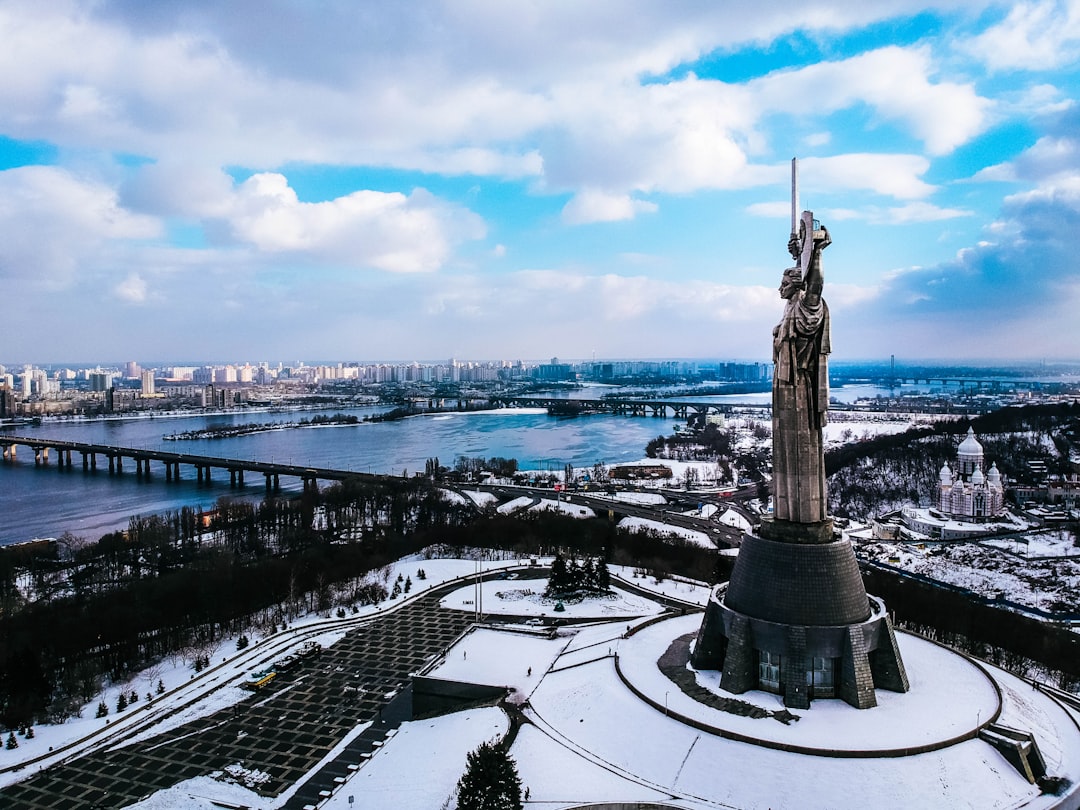What is it about?
When analyzing the relationship between democracy and social exclusion in Latin America, the perspective prevails that emphasizes the contradictory nature of 'formal democracies' characterized by both deep social inequality and political and economic marginalization. However, when taking into account the astonishing durability of democracy in most Latin American countries it is time to shift the focus to incorporate the surprising compatibility of real-existing Latin democracy with a highly exclusive social structure. Although confronted with grave economic, social and political crises, countries like Ecuador, Argentina and Bolivia have (so far) maintained their, howsoever precarious, democratic regimes. Drawing on the recent experience of the surprisingly quick restabilization seen in Argentina following its deep crisis in 2001/2002, the article argues that it is the specific result of Latin America's 'double transformation' (combining political liberalization and neo-liberal restructuring), which explains the central features of de- as well as re-stabilization. The combination of political democratization involving processes of economic crisis and their neo-liberal 'resolution' has socio-economic consequences that are, firstly, socio-politically destabilizing. Secondly, they hollow out democratic participation and representation by undermining the capacity for collective action on the part of broad sectors of society. Thirdly, however, it is this second implication — since it is the capacity for politically mobilizing precisely those harmed by the neo-liberal reforms and economic crises, which is being limited — that simultaneously operates in a politically stabilizing way.
Featured Image
Read the Original
This page is a summary of: Ambivalent consequences of social exclusion for real-existing democracy in Latin America: the example of the Argentine crisis, Journal of International Relations and Development, March 2005, Springer Science + Business Media,
DOI: 10.1057/palgrave.jird.1800045.
You can read the full text:
Contributors
The following have contributed to this page










